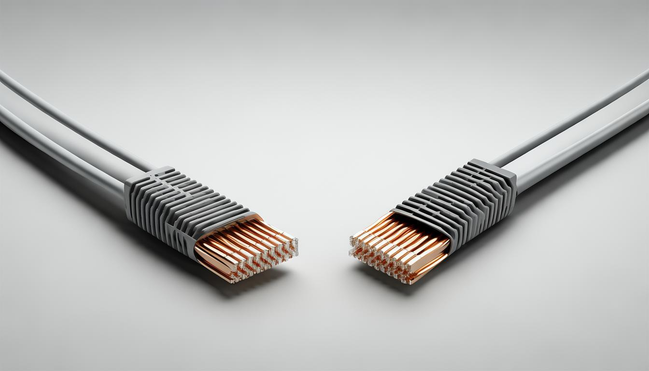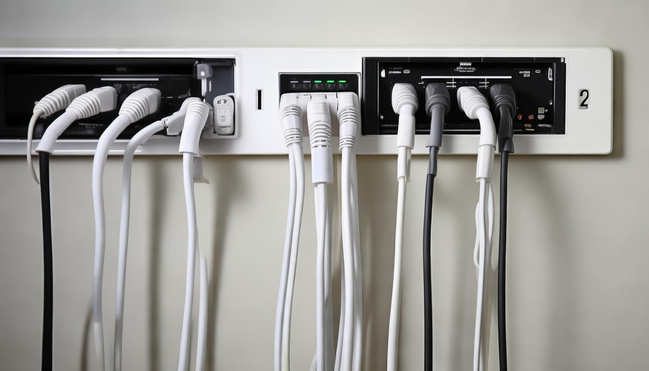In the construction of office networks, Cat6 and Cat6a network cables are both cable types that are often used. So what are the situations of these two? What are their differences in office networks? Let’s have a good chat below.
First, let’s talk about what these two guys are. The full name of Cat6 network cable is 6 cable. It belongs to the sixth-class standard Ethernet network cable, which can provide transmission speeds up to 1Gbps and the transmission frequency can be achieved. The Cat6a network cable, which is the 6a cable, is an enhanced sixth-class network cable. Its transmission frequency can reach Cat6 vs Cat6a for office networks, and the transmission speed can be achieved at the highest.
Next, let’s compare the situation of these two people in the office network from several aspects.
1. Transmission performance :
The transmission frequency of Cat6a is much higher than that of Cat6. It can support Ethernet wiring up to 100 meters. Although Cat6 can also support it, it can only be shorter distances, and its performance will be greatly reduced after exceeding 55 meters. So, if the office needs high-speed and stable network connections, such as data centers or areas with high bandwidth requirements, it is quite a bit of awesome to use Cat6a. But if it is an ordinary office area, the network speed requirements are not extremely high, and Cat6 is enough(^o^)/.
Provide global procurement services for weak current intelligent products!
2. Anti-interference ability :

Most Cat6a network cables adopt a double-layer shielding design, which can better resist external electromagnetic interference. The Cat6 network cable part is unshielded, and even if it has a shielding design, the effect is not as good as that of Cat6a. This means that in places like offices where many electronic devices operate and electromagnetic environments are more complex, Cat6a can transmit data more stably and reduce signal loss and errors.
3. Cost :
Because of its better performance and higher production cost, the Cat6a network cable is much more expensive than Cat6. If the office network budget is limited, Cat6 is a relatively affordable option. If the budget is sufficient, spending more money on Cat6a will be a wise choice for long-term network stability and future business development needs.
At this time, someone will definitely ask some questions, let’s continue to take a look at some common questions.
Q: How to distinguish between Cat6 and Cat6a network cables
Answer: Generally speaking, the Cat6a network cable will be as thick as the Cat6, and the specifications printed on the outer skin of the cable are Cat6 and the other is Cat6a. You can see it with a closer look.

Q: Are there any things to pay attention to when installing these two network cables?
Answer: When installing, whether it is Cat6 or Cat6a, you must pay attention to the bending radius of the cable and cannot be excessively bent, otherwise it will affect signal transmission. In addition, the connected crystal head should also be selected with good quality and the installation process should be obtained so as to ensure that the performance of the network cable is not affected. Provide global procurement services for weak current intelligent products!
Q: If the office has installed a Cat6 network cable and want to upgrade to faster speed later, can you directly use the existing network cable?
Answer: It depends on the transmission distance. If the distance is within 55 meters and there is no problem with the test cable, you can try the support rate. But if it exceeds 55 meters, you have to consider changing it to a Cat6a network cable
In general, Cat6 can meet the network needs of most ordinary offices and is quite cost-effective. Cat6a is more suitable for office scenarios that have extremely high requirements for network speed and stability, such as those in the core areas of the enterprise or places where network expansion needs are in the future. As for which one to choose, we still have to decide on the specific situation and budget of the office.
Leave a Reply